Elephant Herd at Chobe National Park
The morning of Thursday September 12th we woke before light to get ready, had a quick breakfast, and then along with 2 other guests about our age from Boulder, Colorado, were picked up for the hour drive to the 4-way border of Zambia, Zimbabwe, Botswana, and Namibia at the Zambezi River. The drive was eye-opening. We passed several small villages--some had shacks constructed of wood with metal roofs, while others were even more crude--some of sticks, logs, and various other brush--while one or two villages were the most basic, with huts constructs of grass.
It was like taking a step back in time--I had seen the pictures in National Geographic as a child, but didn’t really connect that to modern day--it was 2013 and I had not expected to see this in person. It was humbling to see people living without running water and electricity--and here we were--paying to go on a river safari… These experiences while traveling really put life into perspective in seeing how lucky we are as Americans to have the lifestyle that we do have--it also make me want to do more to help local people in the places I am fortunate enough to go to (more on this in the future).
In any event, after the hour or so drive we pulled onto a highway towards the border--the road had dozens, if not close to 100 semi-trucks parked waiting to be ferried across the river. Speaking with our guide later in the day it can take up to 2 weeks to cross apparently--yikes! We made it to the border patrol station and passed through customs before being taken to wait for a jet-boat to ferry us across the river at the Kazungula Ferry. A PIED KINGFISHER perched on the near by rushes and BLACK KITES were circling over the river. There was also a FAN-TAILED WIDOWBIRD hanging around where the boats took off.
Pied Kingfisher at the Kazungulu Ferry
There were about 10 people getting on the boat, including one older lady who was apparently terrified of boats--when she got on she was almost in tears, and after she sat down with what I guessed were her kids, they tried to calm her. She was mumbling, and kept almost screaming out every time the boat rocked. She rode across with her eyes closed looking down praying. In terms of boat rides it was fast, smooth, and about as safe as you could be--I wondered why someone afraid of boats would choose to take this route?
The Zambian side of the Ferry
We unloaded on the Botswana side of the river and were greeted by our guide and driver from the Chobe Lodge. Our group of 4, and 2 others were loaded in the safari vehicle and headed down the road to the Botswana border control. As we waited in the tourist line I scoped out a few sparrows feeding along the road--it was a flock of NORTHERN GRAY-HEADED SPARROWS--this is the southernmost area this species is found, and as the guides mentioned, they are often found near dwelling as opposed to their southern cousins who prefer open spaces!
Northern Gray-headed Sparrow at the Botswana border
After getting our passports stamped the guide took us over the actual “border”--where strangely, we had to step on a wet rag, then wipe our shoes on another rag, before passing over--it was really kind of weird. Once in through we hopped back in the truck and headed into Kasane, and toward the river. We had a few minutes of excitement when a small herd of ELEPHANT came crashing along the side of the highway--we stopped to enjoy them for a moment.
Elephant along the road in Kasane
Just a different world--later in the day when we left, we saw a much larger herd tear across the highway nearby--elephants on a highway… Only in Africa..
We arrived at the Chobe Lodge, which was the jump off point for our river safari on the Chobe River, in Chobe National Park. I saw the line of boats they had below and begged the bird gods that I wouldn’t be in the pontoon like boat--there were lots of boats, so I figured it would just be the 6 of us in a boat and we could really spend some time looking at things and requesting to go look for specific animals/birds--I was wrong. They led us right to the pontoon boat where they crammed about 16 people on the boat--most of which were those damn annoying Americans I talked about in my previous post--I gladly would have pushed the guy in front of me and his entire family into the crocodile infested waters. They were dressed to the nines in safari gear, but clearly hadn’t left the lodge in a week, and had a $29 pair of 10x50 tasco binoculars they passed amongst themselves. Despite the fact there were 1,000’s of birds, and 100’s of game animals around it seemed they couldn’t spot a single animal, and were unaware of anything besides the animals the guide pointed out when the boat got within 20’ of them. I loathed them…
Safari Boats on the Chobe River
Once the boat pulled away thy warned us not to move to abruptly, or to walk around unless needed--luckily I grabbed a nice spot--except for the fact that guy sat in front of me. As we slowly drifted out into the channel we went right to the hippo-watching, just like my previous boat experience--was this going to be just as bad? We probably spent 20 minutes watching those hippos--well I didn’t, I scanned the shores noting the GREAT and LITTLE EGRETS, the AFRICAN JACANAS, and the ubiquitous EGYPTIAN GEESE.
African Jacana foraging along the Chobe River
The captain told us we had to “check-in” at the park border, so we drifted that way, passing AFRICAN DARTERS and STRIATED HERONS along the shore. As we pulled into the dock I looked over and saw a handful of weavers hopping around in the trees--they were a lifer, SOUTHERN BROWN-THROATED WEAVER.
Southern Brown-throated Weaver near the docks
There were several NILE MONITORS along the shore and a family of VERVET MONKEYS came running by as we waited.
Nile Monitor and its slithering tongue
The captain eventually emerged from the shack on the hill and came back to the dock and we again set off down the river. From this point on it was the most amazing birding of the trip. There were waterbirds everywhere--in some fields there were so many ducks and ibis it was hard to pick anything out besides the common stuff--but I still tried, eventually finding a pair of RED-BILLED TEAL amongst the throngs of WHITE-FACED WHISTLING DUCKS, geese, and GLOSSY IBIS.
White-faced Whistling-Ducks are very common in Chobe
We crisscrossed the channel going from the marshy/wetland side to the dry Savannah side--both had interesting birds and animals. On the dry side we came across a band of BANDED MONGOOSE, by far the coolest looking of the species we saw in Africa.
Banded Mongoose family
We also came across a small troupe of SOUTHERN GROUND-HORNBILLS, the second flock of the trip. Although there are only 1,500 left in the wild, they are very locally common in some of the National Parks, if you know where to look. The plus side to having local guides!
Southern Ground-Hornbill in a tree at Chobe Park
Back on the marsh side we headed towards an AFRICAN SPOONBILL that was posing nicely. As we approached something low in the grass caught my eye. It was a dark shape, that looked like an umbrella! My heart jumped as it moved, I knew this bird, it was the BLACK HERON, one of the coolest marsh birds in Sub-Saharan Africa! This species hops around wetlands and streams folding its wings over its head to create an “umbrella” shape, that basically shades the water, and tricks fish into thinking its a tree or shrub--they swim under the shadow, and the heron strikes!
Black Heron doing its best impersonation of an umbrella
Although this wasn’t one of my Top 25, its should’ve been. It easily could’ve replaced the Hamerkop, which although very cool looking, it was at almost every body of water on the trip--and surprisingly still it was hard to get good photos of, unlike the heron! Getting the Black Heron I was ½ in the dark wader department for the day--I also had my eye on one other species, the Slaty Egret, so my fingers were crossed.
Black Heron posing nicely
Pair of African Elephants getting a drink
All the while BLACK KITES and AFRICAN HARRIER-HAWKS circled overhead. AFRICAN FISH-EAGLE could be heard calling intermittently throughout the morning, and at one point we looked up to realize we were right beneath one perched over the river. The amount of wildlife and how close we were to it was almost unimaginable. At this point the river meandered out into the open, so now both banks were more wetland and grassland--no trees, just wide open spaces. CAPE BUFFALO, IMPALA, KUDU, and ELEPHANTS dotted the horizon, and the open spaces between. We picked up a new mammal for the trip with a new kind of antelope, the PUKU.
Puku Antelope with a Cape Buffalo
We got very close to a couple of NILE CROCODILES--much closer than we had anywhere in South Africa. Some of these were giants, easily 15’ in length. They just lounged on the beaches and in the grass as the boats came within a couple yards.
About as close as you can safely get to a Nile Crocodile
As the boat powered along I was constantly scanning the grass and shore, picking out shore and other waterbirds that were small and the boat wouldn’t stop for--after all, who else on the boat gave a damn about the stunning little COLLARED PRATINCOLES we were passing left and right?
Collared Pratincole on the shores of the Chobe River
Thank god for my camera, and the ability to snap photos as we moved--the looks I had were fleeting, but the photos will last forever. The Collared Pratincole rounded out the 2 species expected for the trip. I also managed a few shots of KITTLITZ’S PLOVERS which were harder to pick out than the pratincoles. They dotted the large flat expanses of grass along the river, and like most plovers darted from spot to spot.
The tiny and easy to overlook Kittlitz's Plover
Finally the boat stopped for a bird--or I should say birds. We came upon a group of 5 different wading birds all within 25’ of one another. There was a SQUACCO HERON, a GREAT EGRET, a GRAY HERON, an AFRICAN OPENBILL, and the king of the waders, a GOLIATH HERON. I quickly snapped a shot as we approached, before they were too close to fit in the viewfinder.
5 species of waders together on the Chobe River
We made our way closer to the bank, and eventually the GOLIATH HERON was just 15’ from us--the lighting was perfect, making for an excellent photo opportunity.
Goliath Herons really are giants among the other waders
The Chobe River is the place to say wading birds in southern Africa--I am sure there are other great places, but in terms of easy access, and sheer numbers of birds, it really is top notch. After the heron, we moved towards another wader, which again allowed for close approach and great photos--a YELLOW-BILLED STORK.
Yellow-billed Stork posing
Eventually the boat started heading back towards the dock where we started--and the trip back didn’t stop for anything. So I was back at it scanning the shores and grass for birds, quickly taking pictures as I spotted new birds, or photo ops. There were AFRICAN WATTLED, and LONG-TOED LAPWINGS. there were shorebirds from Europe that had arrived for the winter, or were passing through on their way further south--like COMMON, GREEN, and MARSH SANDPIPER, and RUFF.
Ruff--it was fun seeing these European birds in southern Africa
The never ending stream of waders continued as well--it was all birds I had seen, until I noticed several blackish-birds coming up ahead--they didn’t look like the herons I had seen earlier, and were standing along the bank--these had to be SLATY EGRETS. As we passed by I could make out the light throat, set off against the body--I had snagged the other dark wader!
Slaty Egret with a couple of Thick-knees.
The last new wader of the day came as we approached the dock and I spotted a PURPLE HERON in the reeds nearby. If you weren’t looking for it you would’ve easily missed it, as it played camouflage very well.
Purple Heron blending in with the reeds
Back at the Chobe Lodge we had lunch with the others in our group, and finally departed for the overland safari through the park--this time it was just us, the other 2 from Bushbuck, and a nice young couple from Australia--none of the annoying Americans that drove me nuts all morning. I’d almost actually gotten into with the guy in front of me--thankfully he didn’t open his mouth but he glared back at me as I was taking pictures--I’m sure he thought, “what is this buffoon taking all these pictures for, we're here to look at the animals!” It was all I could do to not ask him if he had a problem… I any event, I was glad that portion of the trip was over.
The kind of photos I was wasting my time taking
Our driver headed out of Kasane towards the park entrance--it had gotten hot while we ate and I hadn’t noticed till now--but it was in the high 90’s with a humidity at about the same level as the temperature. Once in the park we started the drive, down the dusty and extremely dry roads. It was one of the driest places I had ever been--this was the tail end of the dry season, so things were parched. But that didn’t stop the animals--in fact it made them really stick out because they were all on the move--heading form the dry areas towards the river to find food and water. There weren’t actually a ton of birds, but the big game was prolific. We saw dozens upon dozens of GIRAFFE--no joke we probably saw upwards of 50.
One of the many Giraffe we saw at Chobe
As we made our way across the dry Savannah and go closer to the river, we could see where we had been earlier in the day--now from the high ground the view was expansive.
The view from the bluffs overlooking the Chobe River
There were ELEPHANTS everywhere! This was what Chobe was known for and from where we sat you could see why. There were the other mammals mentioned earlier as well, the but the elephants were the most abundant and obvious species around.
Family of Elephants along the Chobe River
Driving down the road our driver spotted something of an uncommon sight--a small group of SABLE ANTELOPE crossing the road ahead of us. He said that in his 5 years working in the par he had only seen Sable on 5 or 6 occasions--so what we were about to witness was going to really be a treat even for him. As we crested the next hill, there were 3 vehicles stopped in the road and ahead of them were a steady stream of SABLE running across the road. We drove up to where the action was and for the next 10 minutes, watched animal after animal come running by the trucks headed towards the river.
A few of the Sable running past the vehicle
All in all we probably saw close to 100 Sable--an enormous herd, the biggest our guide had ever seen. He told us they were headed to water for their annual “drink”. They would often go months without visiting the river so our timing was sheer luck, a scene that most will never see! We waited for the stragglers to pass then kept on moving, it would be a sighting we couldn’t top for the rest of the day.
Big buck Sable sprinting by us
It was only maybe 10 minutes later when our driver again stopped and pointed to some animals back in the bush--they were ROAN ANTELOPE--he told us as rare as the Sable were, this was only the 3rd group of ROAN he had seen in the park! There were only 4 or 5 and they weren’t very cooperative--so photos weren’t great--but about an hour later we came upon one at the river, which provided excellent photo ops.
Roan Antelope taking off from the river
Along the river we had more ELEPHANT viewing--in the mud, on the plains, crossing the road, in the trees, and so on and so forth. Watching them play in the mud was quite entertaining--especially the little ones, who struggled with it. Sam really enjoyed this part of the trip--elephants are her favorite animal, so it was fun.
Elephant throwing mud over its head
Further along the river before we turned to head back towards the entrance there was a MARABOU STORK feeding really close to the road--this beat my distant and high flying views of this species--and the this one didn’t seem to care as we watched for a few minutes before heading back.
Great look at a Marabou Stork from the vehicle
As we made our way down the dusty road we didn’t stop for much--we had gone further than we were supposed to and were going to be late for our trip back across the border if we didn’t hurry. But the driver did stop when I spotted one bird right off the road that everyone should see. I pointed and called out a SWALLOW-TAILED BEE-EATER perched in the trees just off the road. We were able to approach to within about 10’ feet and watch it preen. He told the group it was actually a Blue-cheeked Bee-eater, but I digressed, that it was a Swallow-tailed--after all it had a swallow-tail! And besides that this was a bird any birder coming to Southern Africa must know--as its on the cover of the field guide!
Swallow-tailed Bee-eater--the last lifer of the day
I snapped my shots and we were again on our way. A fitting bird to end our time in Chobe, and basically in Africa--I would snag one more life the following morning before we left, but this one was quite memorable. We rushed back to the park entrance and hit the highway heading through Kasane. After one quick stop to watch a herd of ELEPHANT run across the road--full speed--we cruised down the highways and were soon back at the border post where our guide walked us through Botswana customs then escorted us to the Zambezi for our crossing back to Zambia. There we were picked up by our ride and ushered back down the road to the Bushbuck. We arrived with a little light left, but not enough to go look for any birds. It was the end of our last full day in Africa and it was a hell of a way to end the trip. 24 hours from now we would be in the airport in Johannesburg waiting for a flight back to the states--but for now we had our last night in Africa, and one final morning to see if I could find my Pel’s Fishing Owl.
26 life birds this day / 357 total trip life birds / 381 total trip species
photos from the Chobe River Safari:
http://www.timaverybirding.com/photos/thumbnails.php?album=1131
photos from the ChobePark Overland Safari:
http://www.timaverybirding.com/photos/thumbnails.php?album=1119
eBird Checklists:
Kazungula Ferry--Zambia
Kazungula Ferry--Botswana
Chobe National Park
Labels: Africa, Botswana, Bushbuck River House, Chobe National Park, Chobe River, life birds, listing, South Africa, Travel, Zambia
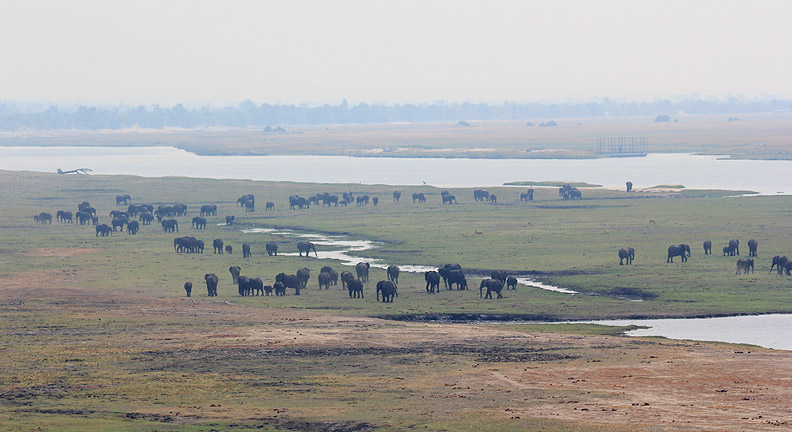
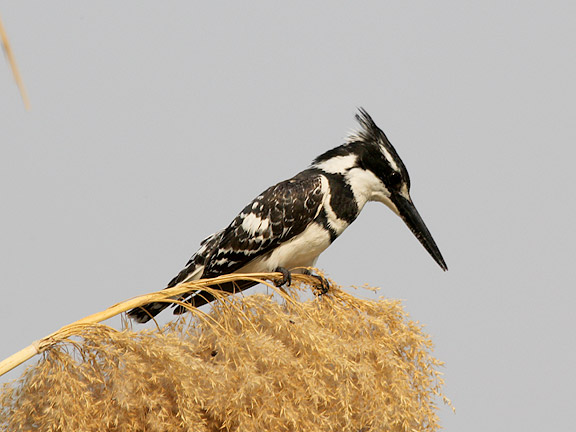

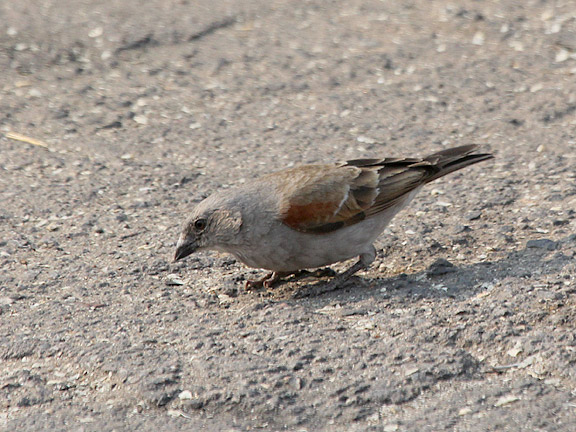
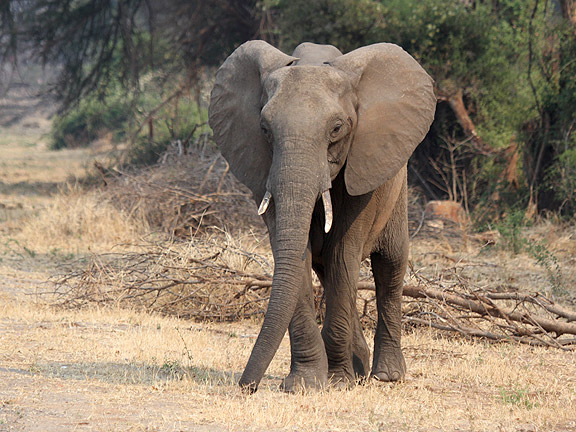
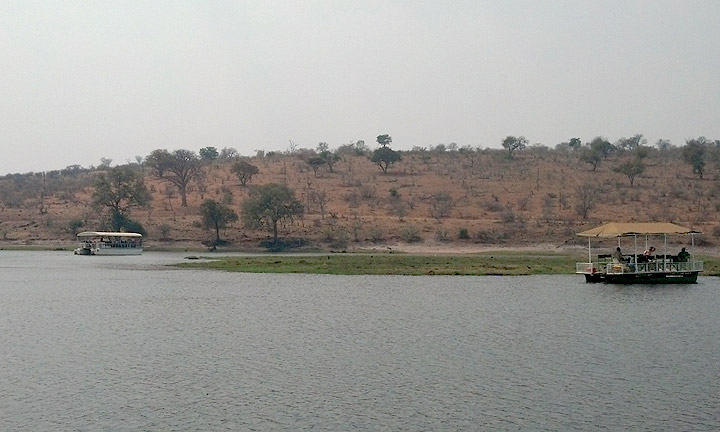
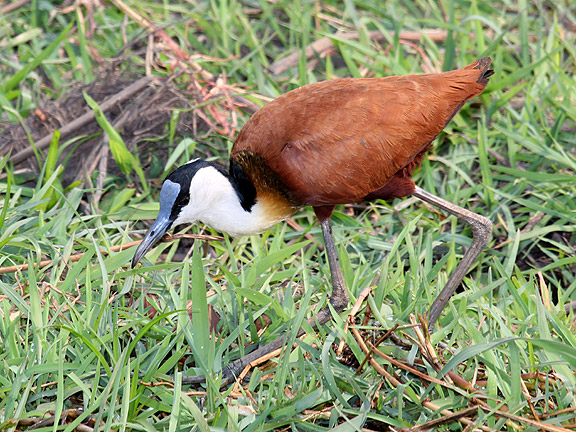
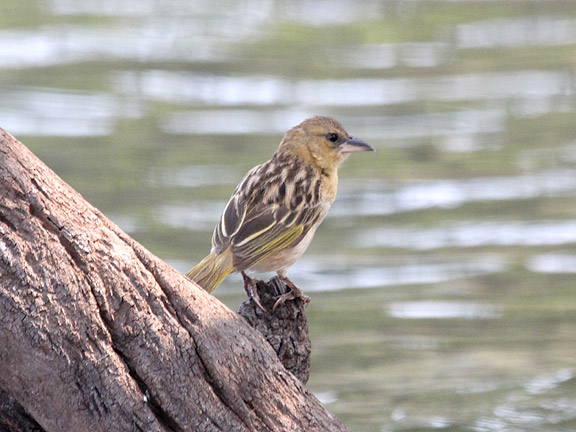
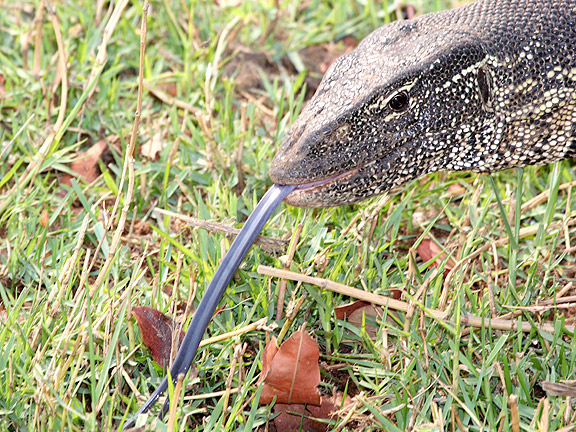
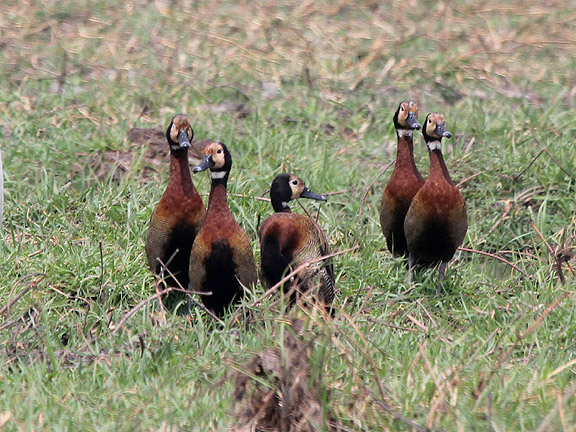

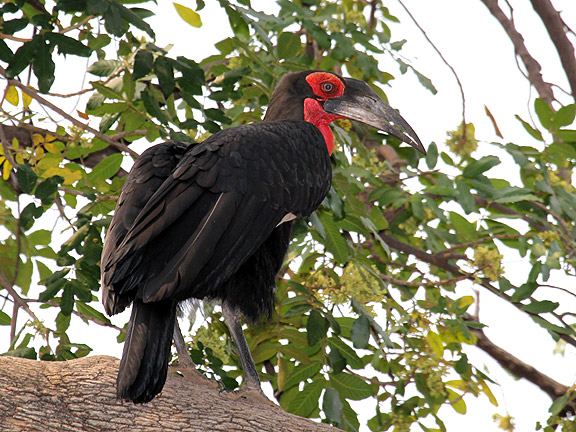
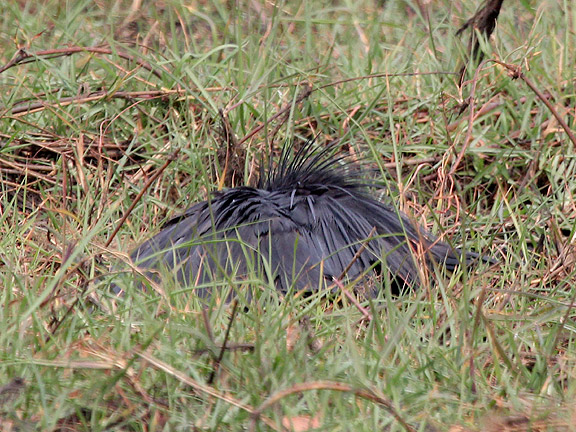
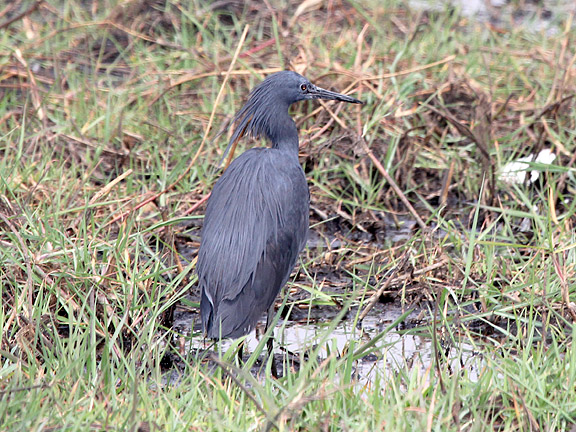
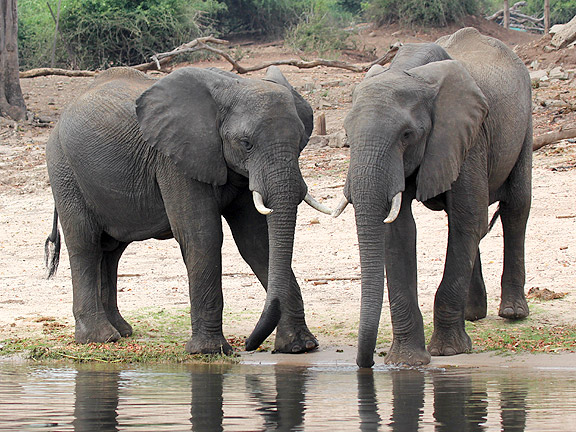

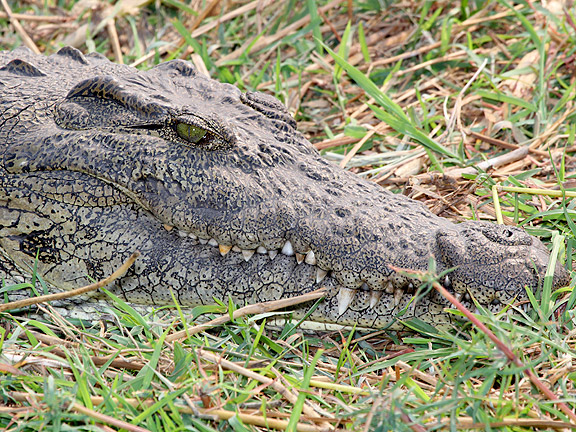
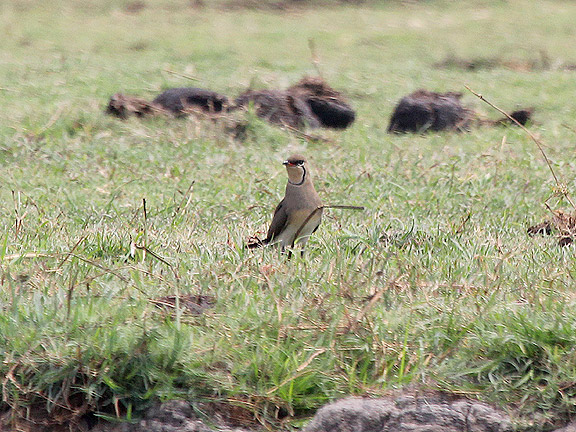
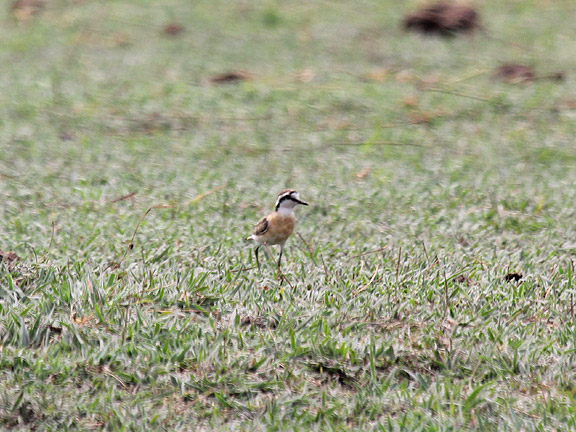
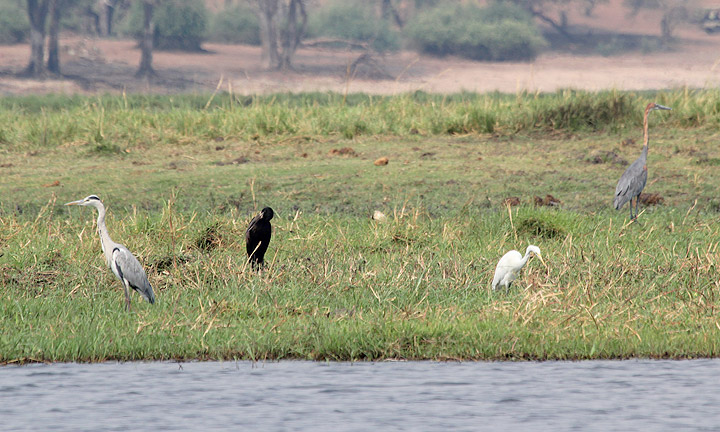
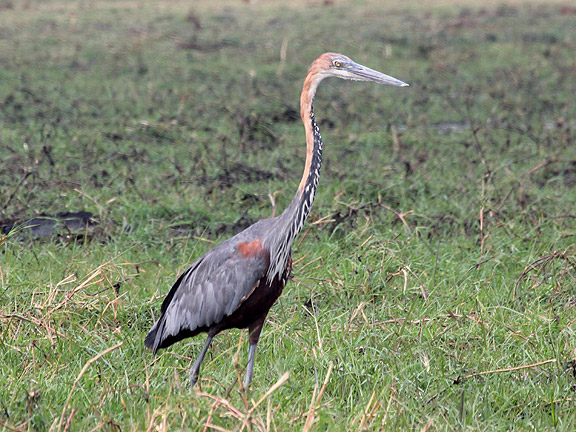

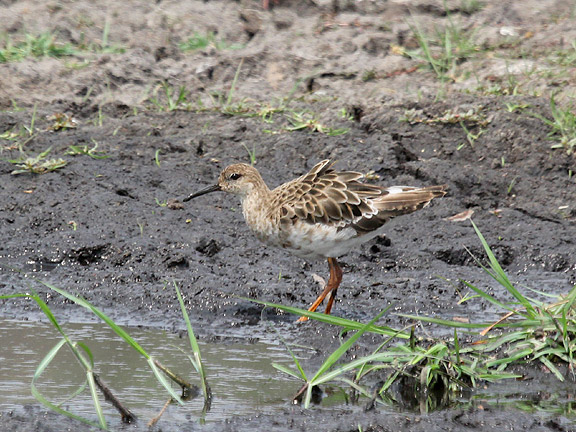
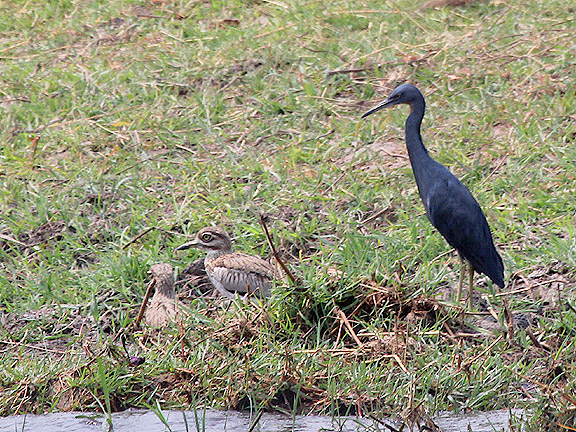
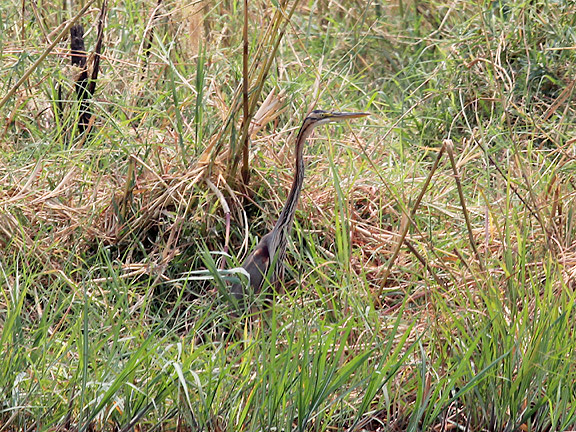
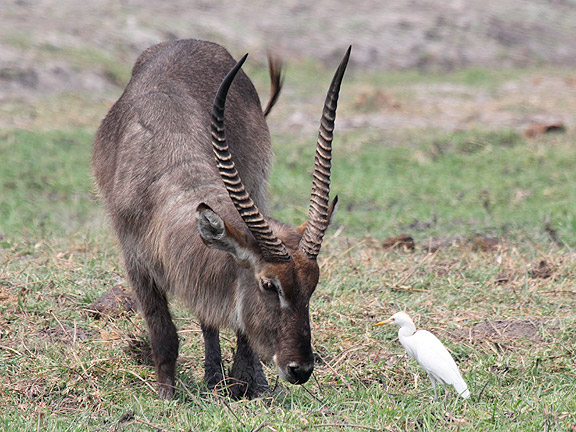
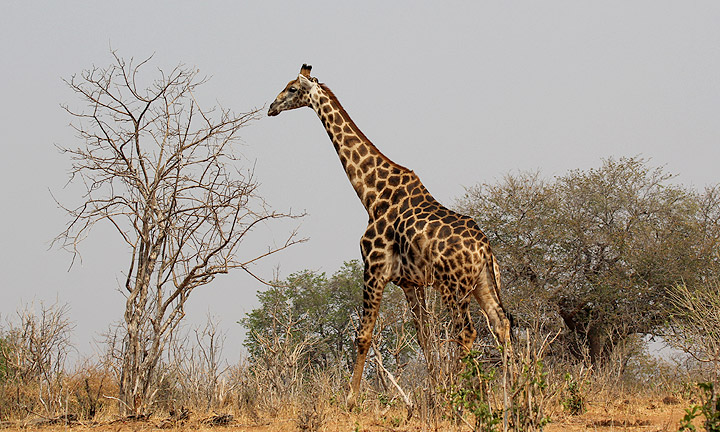

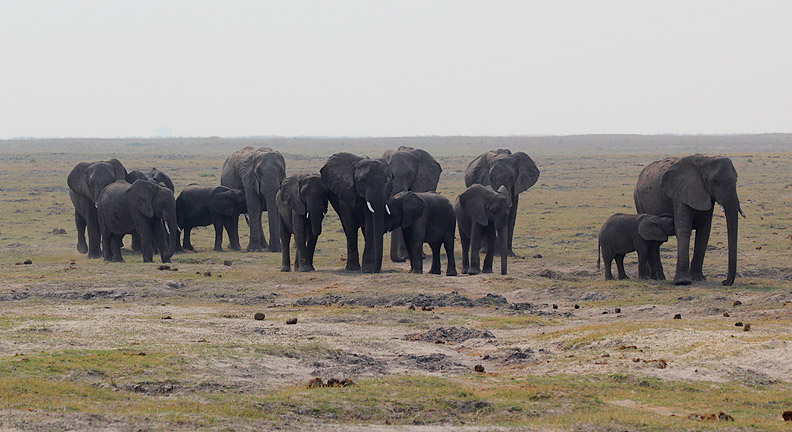
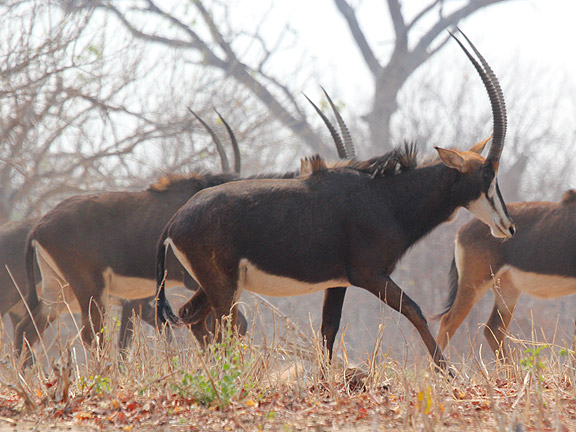
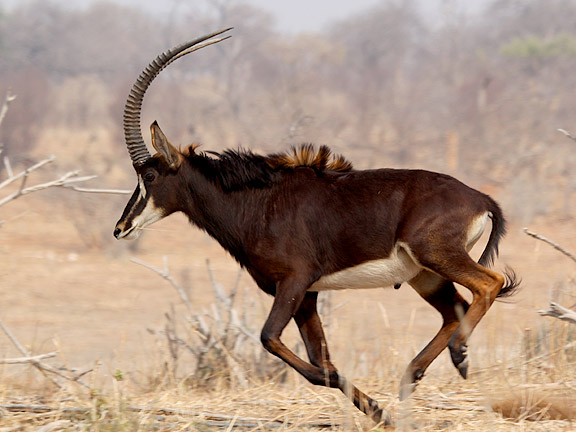
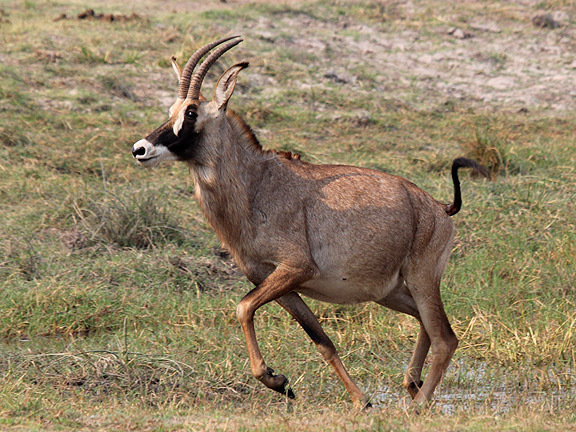
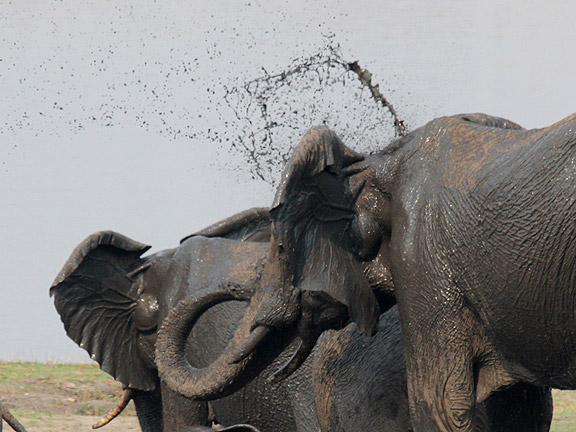
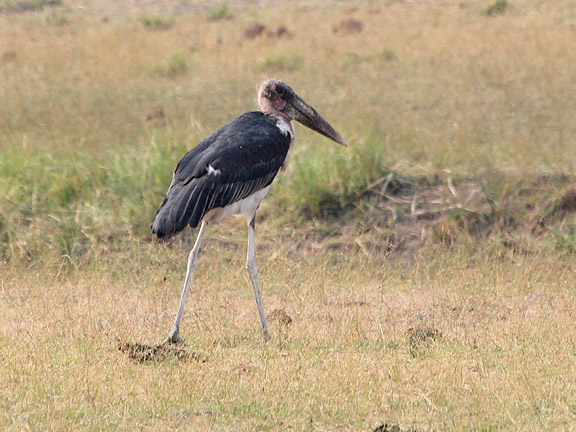
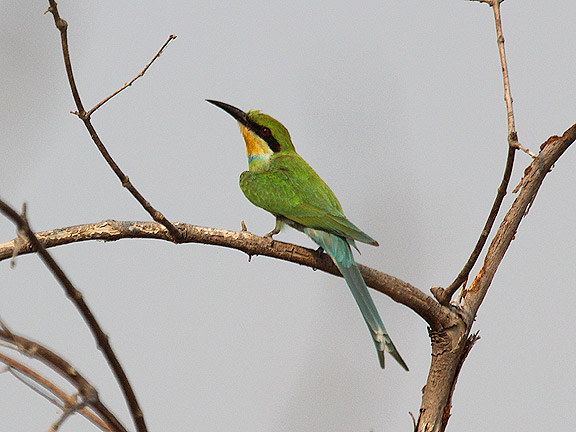

1 Comments:
Stunning post..... love the Roan & Sable images and particularly the image that you shouldn't bother with...lol
I had great fun blogging my SA trip in August, so I can imagine how much fun putting these images and tales together is.
Dave
Post a Comment
Subscribe to Post Comments [Atom]
<< Back to Previous